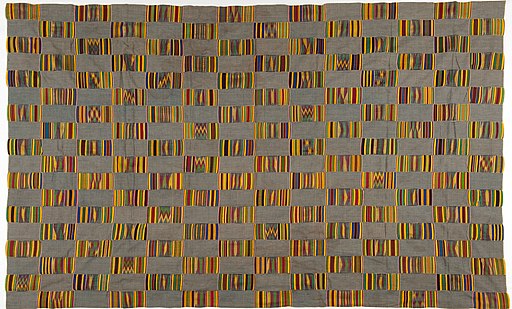
Art History
The study of art, architecture, and visual culture is an exploration in the visual world around us and can greatly enhance our lives. It helps us to better understand history and our present moment. It allows us access to another’s viewpoint while encouraging reflection on our own- views. Critical engagement with our visual world is key to making us more active and aware participants in a diverse and increasingly connected world. These skills are important and can be gained whether you are an art history major or just take a single class to support other academic endeavors.
Resources
With a degree in Art History, one can work in a number of creative fields including museums and galleries, private collection management, auction houses and art authentication/investigation, art publications, visual resource management, art conservation, and education. Art history majors gain skills in critical thinking, research, and writing that are often sought in other fields as well. Roles that require long-term project management such as public relations, marketing, and insurance adjustment or those that require excellent communication such as a private bank associate or journalism can also be a good fit for someone with the skills associated with an art history degree.
Our art history majors have had numerous internship opportunities and/or employment at the Getty Center, the Getty Villa, Fowler Museum, Hammer Museum, and Los Angeles County Museum of Art. Many have gone on to four-year study at UC Berkeley, UCLA, and CSULB most commonly within art history, visual culture, and museum studies programs. Former students have received degrees in Art History, Visual Culture, Anthropology, and Egyptology. Some who have completed their four-year programs have moved on to graduate programs at Hunter College, Duke University, The Courtauld Institute in London, and UCLA. Others have published in academic journals and have become art history professors.
Analyze Form: Upon completion of courses in the art history program, students will demonstrate the ability to observe, analyze, and comprehend form in the interpretation of visual culture.
Analyze Content: Upon completion of courses in the art history program, students will demonstrate the ability to evaluate and determine the content and context of images in the interpretation of visual culture.
Synthesize Ideas and Information: Upon completion of courses in the art history program, students will demonstrate the ability to effectively research images and ideas in order to communicate a synthesis of information in the interpretation of visual culture.